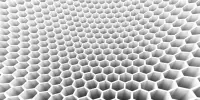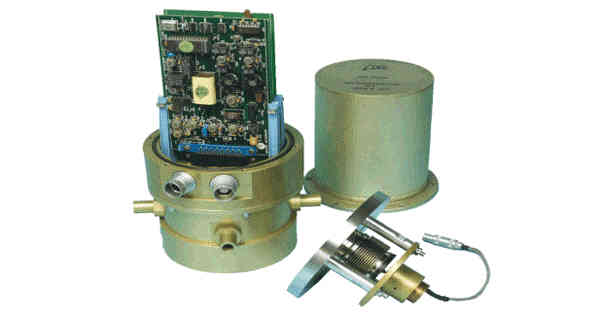Quantum cloud refers to the concept of utilizing quantum computing resources and capabilities through cloud computing services. Quantum computing is a rapidly advancing field of computer science that leverages the principles of quantum mechanics to perform computations on a scale that surpasses the capabilities of classical computers.
A completely integrated entangled quantum light source has been demonstrated for the first time on a chip by a global team of researchers from Leibniz University Hannover (Germany), the University of Twente (Netherlands), and the start-up business QuiX Quantum. The results of the study were published in the journal Nature Photonics.
“Our breakthrough allowed us to shrink the source size by a factor of more than 1,000, allowing reproducibility, stability over a longer time, scaling, and potentially mass-production. All these characteristics are required for real-world applications such as quantum processors,” says Prof. Dr. Michael Kues, head of the Institute of Photonics, and board member of the Cluster of Excellence PhoenixD at Leibniz University Hannover.
The fundamental components of quantum computers and the quantum internet are quantum bits (qubits). Light quanta (photons) produced by quantum light sources can be employed as quantum bits.
On-chip photonics has emerged as a top platform for processing optical quantum states because it is small, reliable, and enables the arrangement of numerous components on a single chip.
Here, photonic quantum computing systems are constructed using incredibly tiny structures to focus light onto the chip. These are already accessible today through the cloud.
Until now, quantum light sources required external, off-chip and bulky laser systems, which limited their use in the field. However, we overcome these challenges through a novel chip design and by exploiting different integrated platforms.
Hatam Mahmudlu
They could resolve problems that are unreachable to traditional computers because of their constrained computational power if they were implemented on a large scale. Quantum advantage is the term used to describe this dominance.
“Until now, quantum light sources required external, off-chip and bulky laser systems, which limited their use in the field. However, we overcome these challenges through a novel chip design and by exploiting different integrated platforms,” says Hatam Mahmudlu, a Ph.D. student in Kues’s team. Their new development, an electrically-excited, laser-integrated photonic quantum light source, fits entirely on a chip and can emit frequency-entangled qubit states.
“Qubits are very susceptible to noise. The chip must be driven by the laser field, completely free from noise, requiring an on-chip filter. Previously, it was a major challenge to integrate laser, filter, and a cavity on the same chip as there was no unique material that was efficient to build these different components,” says Dr. Raktim Haldar, a Humboldt fellow in Kues’s group.
The “hybrid technology” that puts together an indium phosphide laser, a filter, and a silicon nitride cavity into a single chip was the key. A laser field on the chip produces two photons through a spontaneous nonlinear process.
Each photon concurrently spans a variety of hues, a phenomenon known as “superposition,” and the colors of both photons are correlated, making them entangled and capable of storing quantum information.
“We achieve remarkable efficiencies and state qualities required for application in quantum computers or the quantum internet,” says Kues.
“Now we can integrate the laser with other components on a chip so that the whole quantum source is smaller than a one-euro coin. Our tiny device could be considered a step towards quantum advantage on a chip with photons. Unlike Google, which currently uses super-cold qubits in cryogenic systems, the quantum advantage could be achieved with such photonic systems on a chip even at room temperature,” says Haldar.
The scientists also expect their discovery to help lower the production costs of applications. “We can imagine that our quantum light source will soon be a fundamental component of programmable photonic quantum processors,” says Kues.
Prof. Dr. Michael Kues is head of the Institute of Photonics and a board member of the Cluster of Excellence PhoenixD: Photonics, Optics, and Engineering Innovation across Disciplines at Leibniz University Hannover, Germany.
















